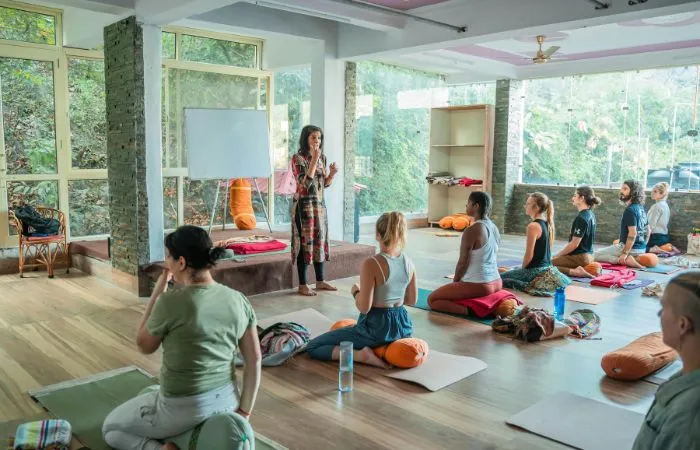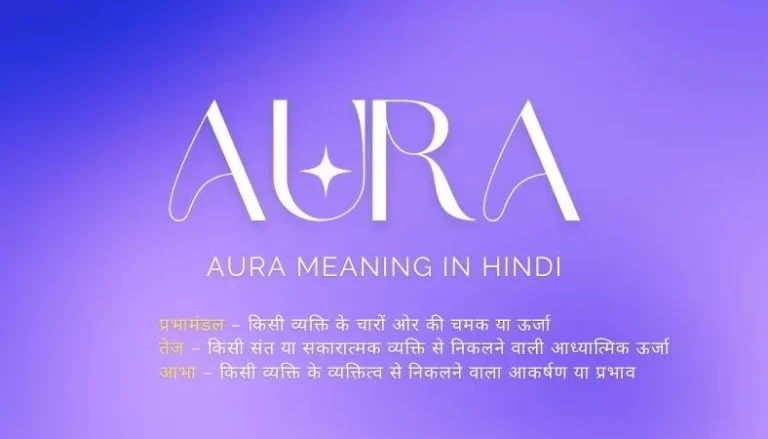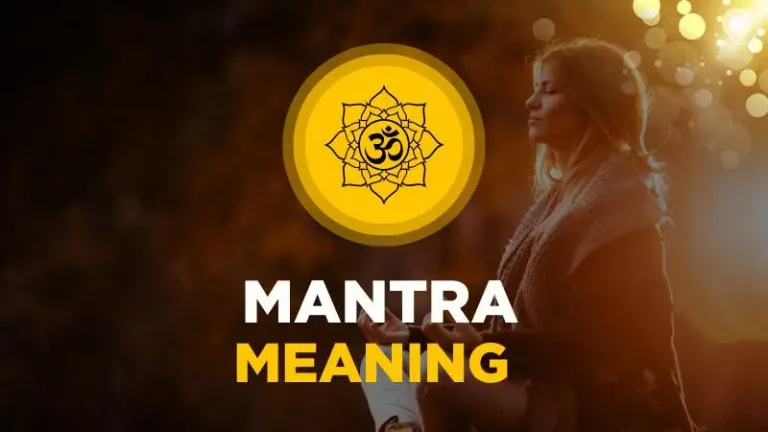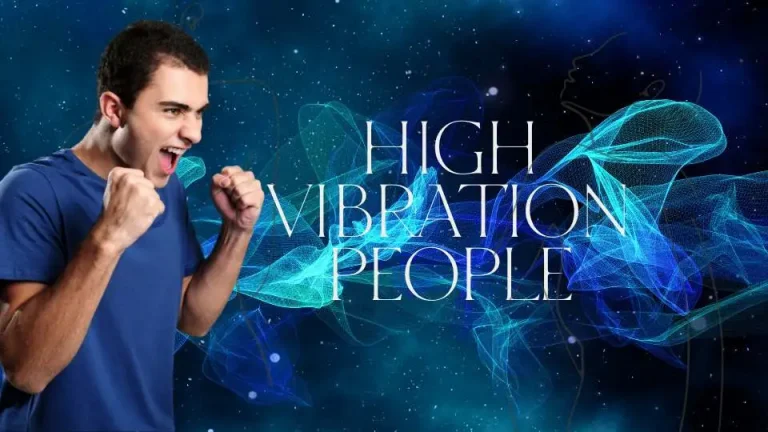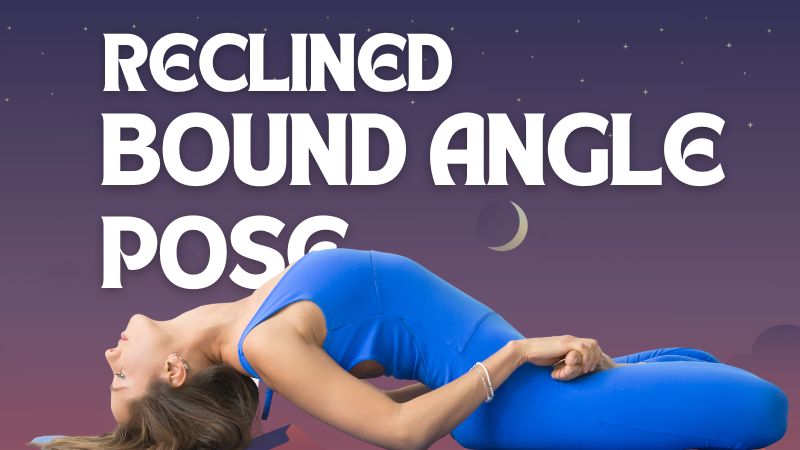
Table of Contents
Reclined bound angle pose in Sanskrit means Supta: Reclined, Baddha: Tied or bound, Kone: Angle and Asana: Pose. Supta baddha konasana
This asana has both mental and physical benefits. It is a good hip opening pose which deeply stretches inner thighs, hamstrings and also focuses on groin muscles.
How to do reclined bound angle pose
From staff pose
- Sit with your legs in front of you with spine straight and erect
- Slowly, start bending your knees outwards while bringing your soles of the feet together.
- Bring your feet to 2 – 2.5 ft distance from your pelvic
- Slowly, press your palms and keep leaning backwards on the mat, feeling the stretch in your groin muscles and hamstrings
- Rest your spine on the mat
- You can keep your hands on the side while palms face the ceiling or you can interlock your fingers and place it under your head like a pillow
- Hold for 30 seconds or more.
Supine pose
- Bend your knees from supine position into semi supine position
- Bring your feet together and then drop your knees out while joining the soles of your feet
- Knees facing up the ceiling try to bring it a little closer to the floor to deepen the stretch
- You can keep your hands on the side while palms face the ceiling or you can interlock your fingers and place it under your head like a pillow
- Hold for 30 seconds or more.
From butterfly pose
- Bring your feet 1- 1.5ft away from your pelvic
- Now, slowly press your palms and keep leaning backwards on the mat, feeling the stretch in your groin muscles and hamstrings
- You can keep your hands on the side while palms face the ceiling or you can interlock your fingers and place it under your head like a pillow
- Hold for 30 seconds or more.
Alignment Reclined Bound Angle Pose
It is important to take care of alignment while getting into any asana as only if alignment is right one can gain complete benefits from the pose, avoid any injury respecting the body and allow desired stretch.
- Spine – Flat on the mat, avoid over arching of lower back
- Shoulders – Relaxed and resting on mat
- Hips – Relaxed and resting on mat
- Knees – Facing towards the ceiling not outwards
- Pelvic – Should be in a neutral position not tilted towards the left or right
- Arms – Rested on the side with palms facing the ceiling or fingers interlocked and rested under the head like a pillow.
Reclined Bound Angle Pose Modifications
Cramped hamstrings: You can place a yoga brick or pillow under your thighs and give a little elevation to your knees if hamstrings are tight. You can also slightly bend your knees until your comfort zone and then try to go down from that.
Lower back pain: If you are experiencing pain in your lower back you can place a thin cushion or towel under your lower back, it should not be puffy as it will disturb the alignment it should just be enough to support your lower back.
Benefits of Reclined Bound Angle Pose
Opens up hip flexors – It enhances flexibility in the hips and lower back by stretching the muscles and loosening them.
Improves digestion – It simulates the intestines and promotes regular bowel function. This pose can also relax constipation.
Relaxes the body – While this pose stretches the muscles it can also be deeply relaxing if practiced with mindfulness by holding it longer and breathing deeply.
Increases blood flow – Relaxed pose paired with muscle stretch in legs, abdominal region and lower back can boost blood circulation in lower body.
Conclusion
Reclined bound angle pose is a simple pose yet it is very beneficial physically as well as mentally. You can add this towards the end of your yoga practice to relax or between practicing any intense yoga sequence. Remember to avoid over exhaustion, always respect and listen to what the body is trying to tell us.

